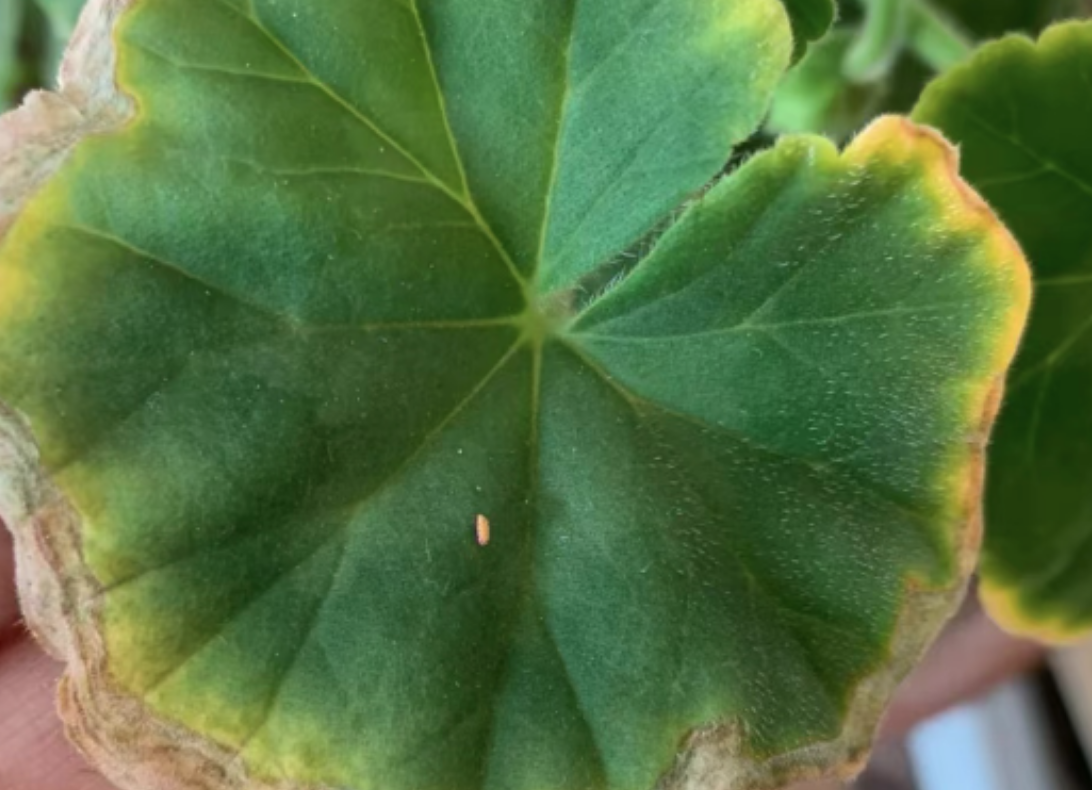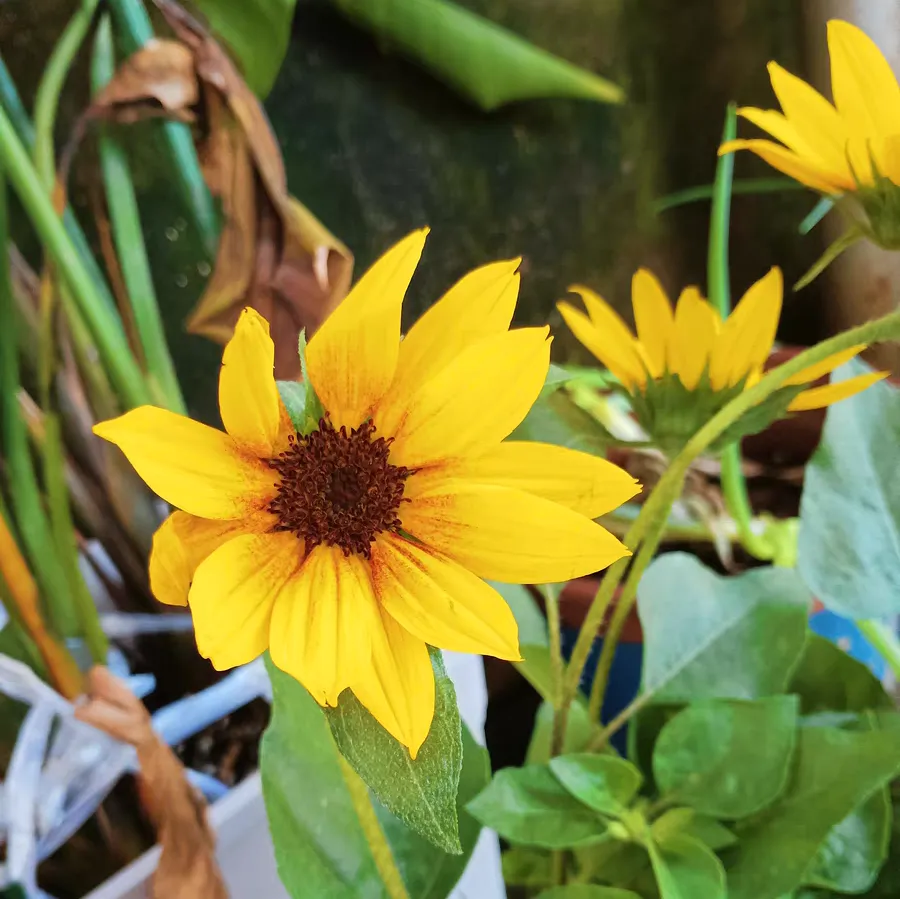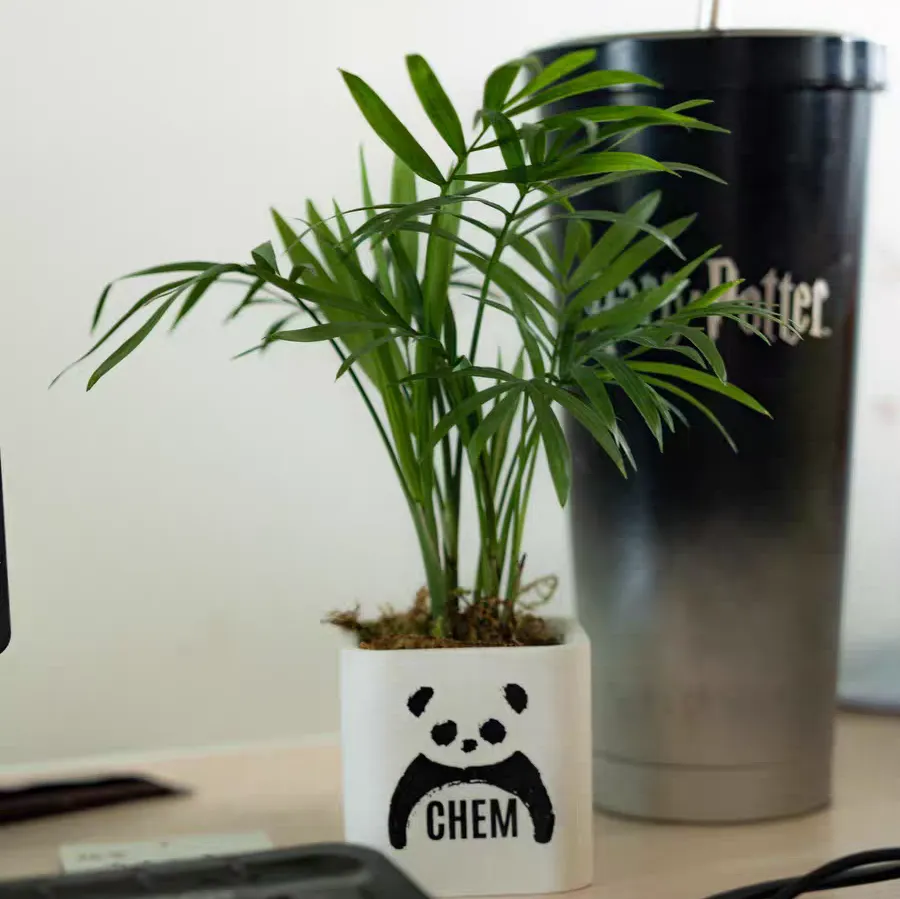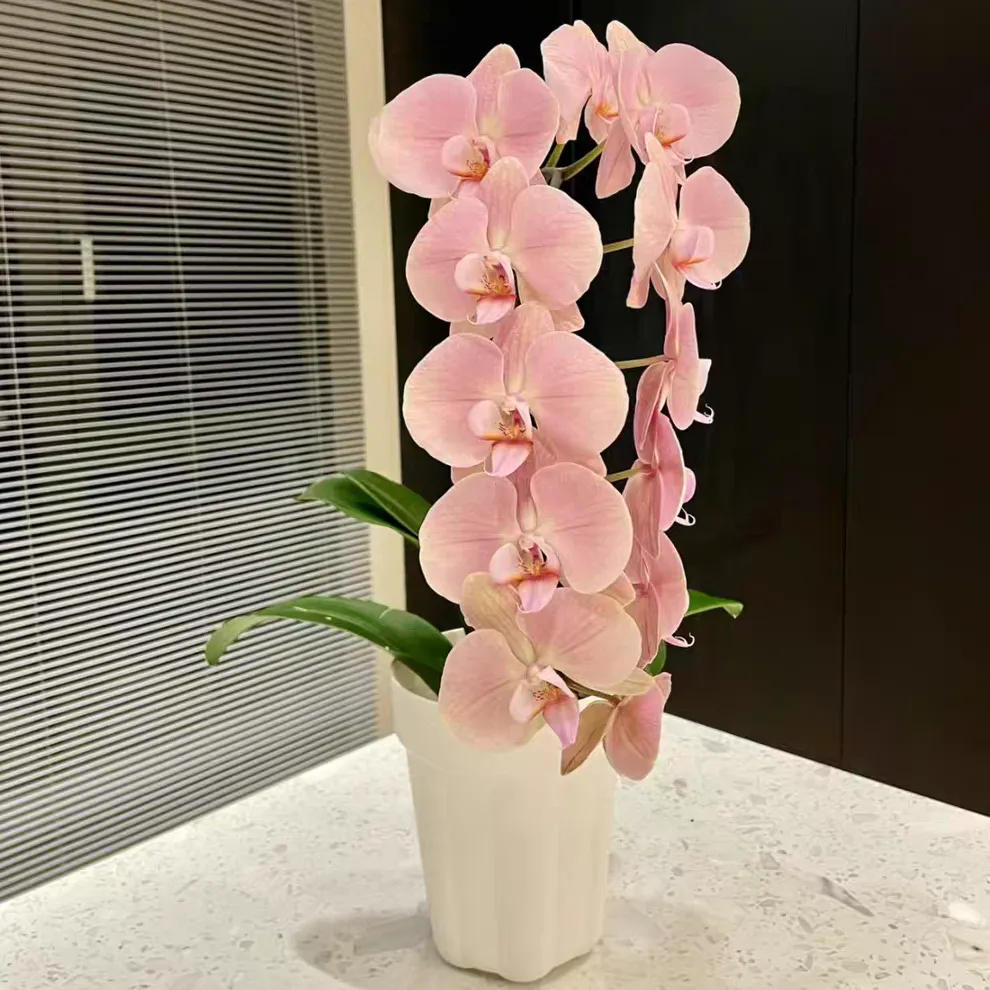As is well known, pelargoniums are beloved by flower lovers for their abundant flowers and pleasant fragrance. They are perennial herbaceous plants native to South Africa, where the annual precipitation is 464 millimeters, lower than the world average of 857 millimeters. Therefore, the most feared is the plum rain season in the south. This kind of hot and humid weather is most likely to cause the yellowing leaves of pelargoniums. So, how to remedy after the yellowing leaves appear?
First of all, the yellowing leaves of pelargoniums are mostly caused by daily water shortage, which is also the simplest situation. Just about the yellowing leaves caused by water shortage, it is usually relatively easy to identify. Usually, leaves will fall off below the position of water shortage. The yellowing leaves are mainly manifested as内卷 and dryness of the leaves. Secondly, a typical feature is that if you pull its leaves with your hand, its stems are still very tightly connected. The handling of this situation is relatively simple. Just trim all the yellow leaves with scissors in the first time to prevent some unnecessary infections. Then it is possible to water it thoroughly at one time, and there will basically be no problem after a few days of rejuvenation.
Then, another situation of yellowing leaves is caused by excessive watering. This kind of yellowing leaves has a characteristic that the leaves generally do not curl, and there will be some corrupt black spots on the leaves. When you touch the leaves gently with your hand, they fall off by themselves. Usually, this situation can be judged as yellowing leaves and stuffy roots caused by excessive watering. For the yellowing leaves caused by this reason, the handling method should also be a little more cautious. Similarly, trim all the yellow leaves. Next, carry out a fungicide sterilization. You can sprinkle the fungicide into the water and then carry out a watering and sterilization to prevent some black rot phenomena.
Finally, one situation of yellowing leaves is relatively serious. Usually, when it is discovered, it is found that there are yellow leaves in all directions of each stem of the whole plant. At this time, the handling should be more cautious. First, see if there is any bad soil at the junction of its roots and the soil. If the soil is fine, then some branches that are not infected can be selected on the roots for a cutting backup. If some stems have had black rot before, it can be rescued. Cut off almost the entire branch. Then take a cotton swab dipped in the powder of fungicide to disinfect all its wounds. At the same time, repeat the previous method and use fungicide to irrigate its roots once. Maybe this seedling of yours can still be saved.
How to remedy the yellowing leaves of pelargoniums?

Share with
Tagged in :




Leave a Reply